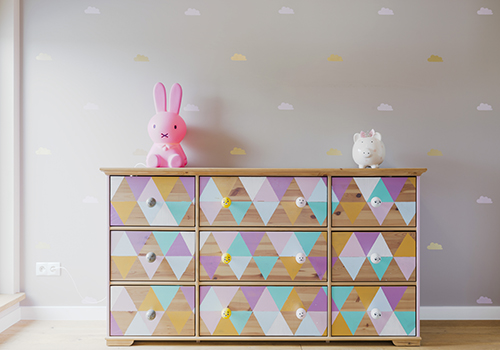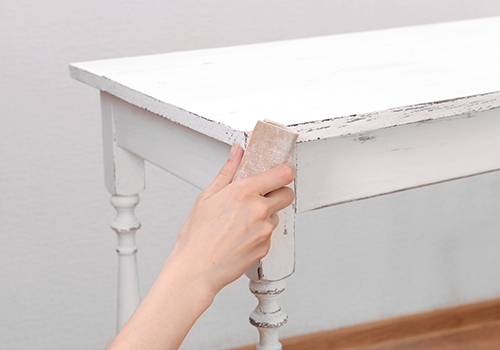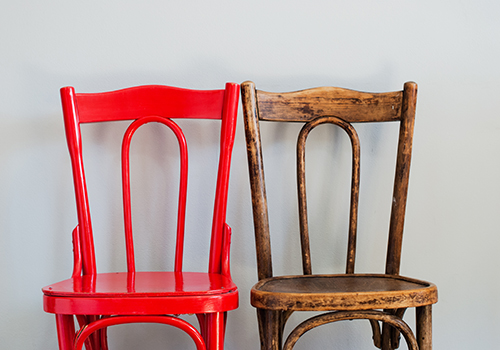
More often than not, enamel paint is thought of as glossy and hard, to be used sparingly. However, DIYers and hobbyists frequently use enamel paint to add vivid colours and revamp old metal and wooden surfaces. Enamel paints are in fact an excellent option to paint things that are going to be used outdoors or surfaces prone to a lot of wear and tear, such as furniture, stairs and cabinets. Enamel paint can also be applied on the walls, especially in the kitchen, storeroom and entryway, giving it a smooth and soft sheen.
Enamel paint is quite easy to use but there are a lot of things that can still go wrong if you haven’t done your research. If you’re up for some quick DIY project, to help you out, we have listed down four major steps for applying enamel paint for walls and wooden/metal surfaces:
Step 1: Clean the surface before you begin painting
Clean the surface that needs to be painted. Dust and debris can interfere with paint adherence that results in an uneven finish. There is nothing more annoying than having to redo the painting because something got stuck on the surface of the wet paint. So it is important to clean the surface thoroughly. If the surface is very dusty or dirty, use some soapy water and a cloth to clean it. Let it dry completely before moving to the next step.
Step 2: Prime the surface

You can skip this step depending on the surface condition. If the surface is uneven or prone to warping, don’t miss this step. If you are painting a wooden surface, always prime it before painting it to protect it from chipping too fast. Simply apply the primer to the surface as evenly as possible and let it dry for a few hours. Look at the surface very closely once dried and if you notice any uneven parts, simply apply another layer of primer onto it.
Step 3: Prepare the enamel paint
Once the primer has completely dried off, open your enamel paint and stir it with a stick before you begin painting. You can skip this step if you are using spray cans. When you dip the paint brush in the can, wipe off the excess paint from the brush.
Step 4: Apply the paint

Begin painting with the surface’s centre and paint your way outwards from there. Use the best quality brushes and tools. Try to apply even pressure when painting to avoid overloading the brush with paint. If the project has some hard-to-reach areas, begin with them first. If you wish to give it a second coat, ensure the paint has dried well before you begin.
If you follow these 4 tips, you will end up with a very fine and smooth finish when working with enamel paint.